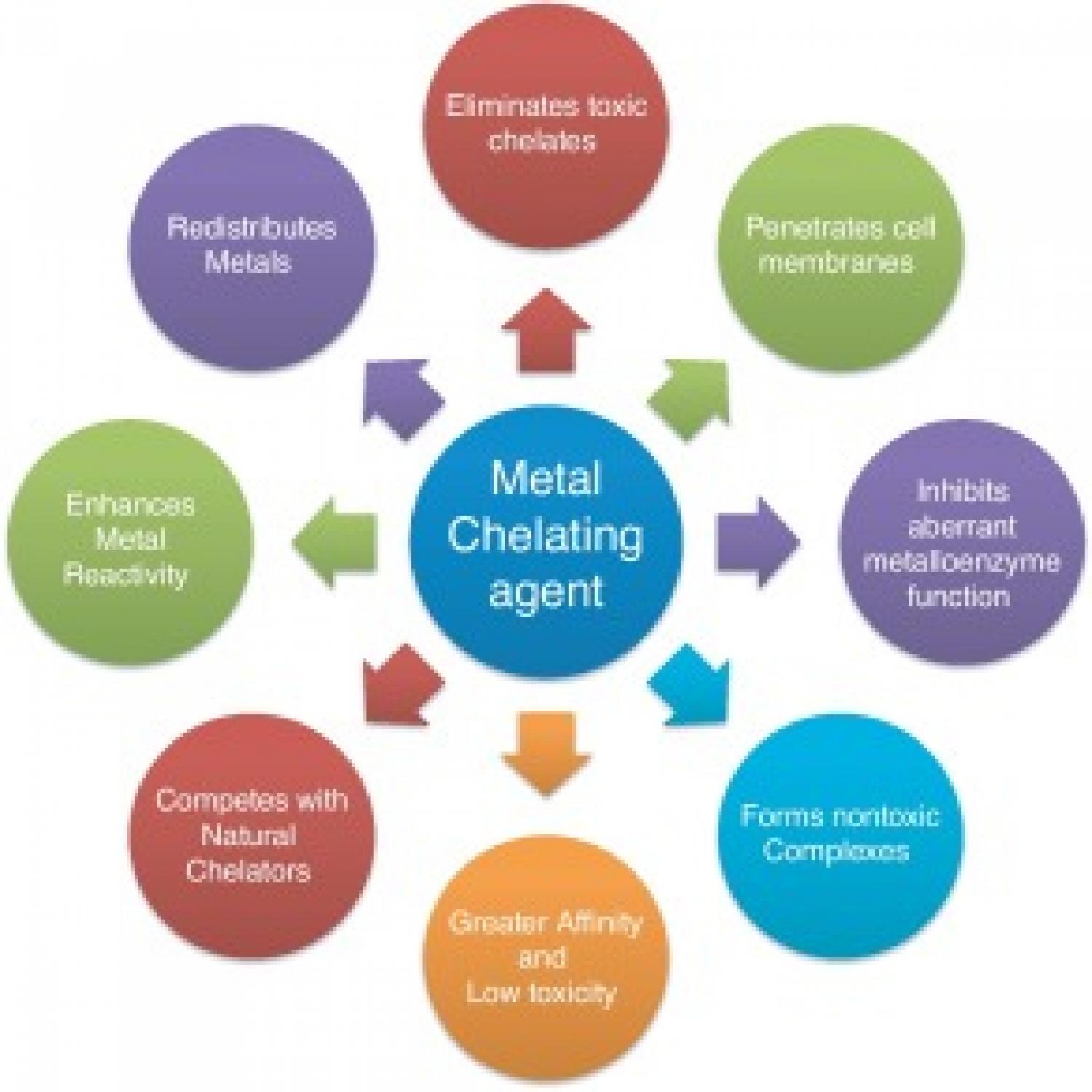
Background: Alzheimer's disease (AD) is the most prevalent cause of cognitive impairment and dementia worldwide. The pathobiology of the disease has been studied in the form of several hypotheses, ranging from oxidative stress, amyloid-beta (Aβ) aggregation, accumulation of tau forming neurofibrillary tangles (NFT) through metal dysregulation and homeostasis, dysfunction of the cholinergic system, and to inflammatory and autophagic mechanism. However, none of these hypotheses has led to confirmed diagnostics or approved cure for the disease. Objective: This review is aimed as a basic and an encyclopedic short course into metals in AD and discusses the advances in chelation strategies and developments adopted in the treatment of the disease. Since there is accumulating evidence of the role of both biometal dyshomeostasis (iron (Fe), copper (Cu), and zinc (Zn)) and metal-amyloid interactions that lead to the pathogenesis of AD, this review focuses on unraveling therapeutic chelation strategies that have been considered in the treatment of the disease, aiming to sequester free and protein-bound metal ions and reducing cerebral metal burden. Promising compounds possessing chemically modified moieties evolving as multi-target ligands used as anti-AD drug candidates are also covered. Results and Conclusion: Several multidirectional and multifaceted studies on metal chelation therapeutics show the need for improved synthesis, screening, and analysis of compounds to be able to effectively present chelating anti-AD drugs. Most drug candidates studied have limitations in their physicochemical properties; some enhance redistribution of metal ions, while others indirectly activate signaling pathways in AD. The metal chelation process in vivo still needs to be established and the design of potential anti-AD compounds that bi-functionally sequester metal ions as well as inhibit the Aβ aggregation by competing with the metal ions and reducing metal-induced oxidative damage and neurotoxicity may signal a bright end in chelation-based therapeutics of AD.
